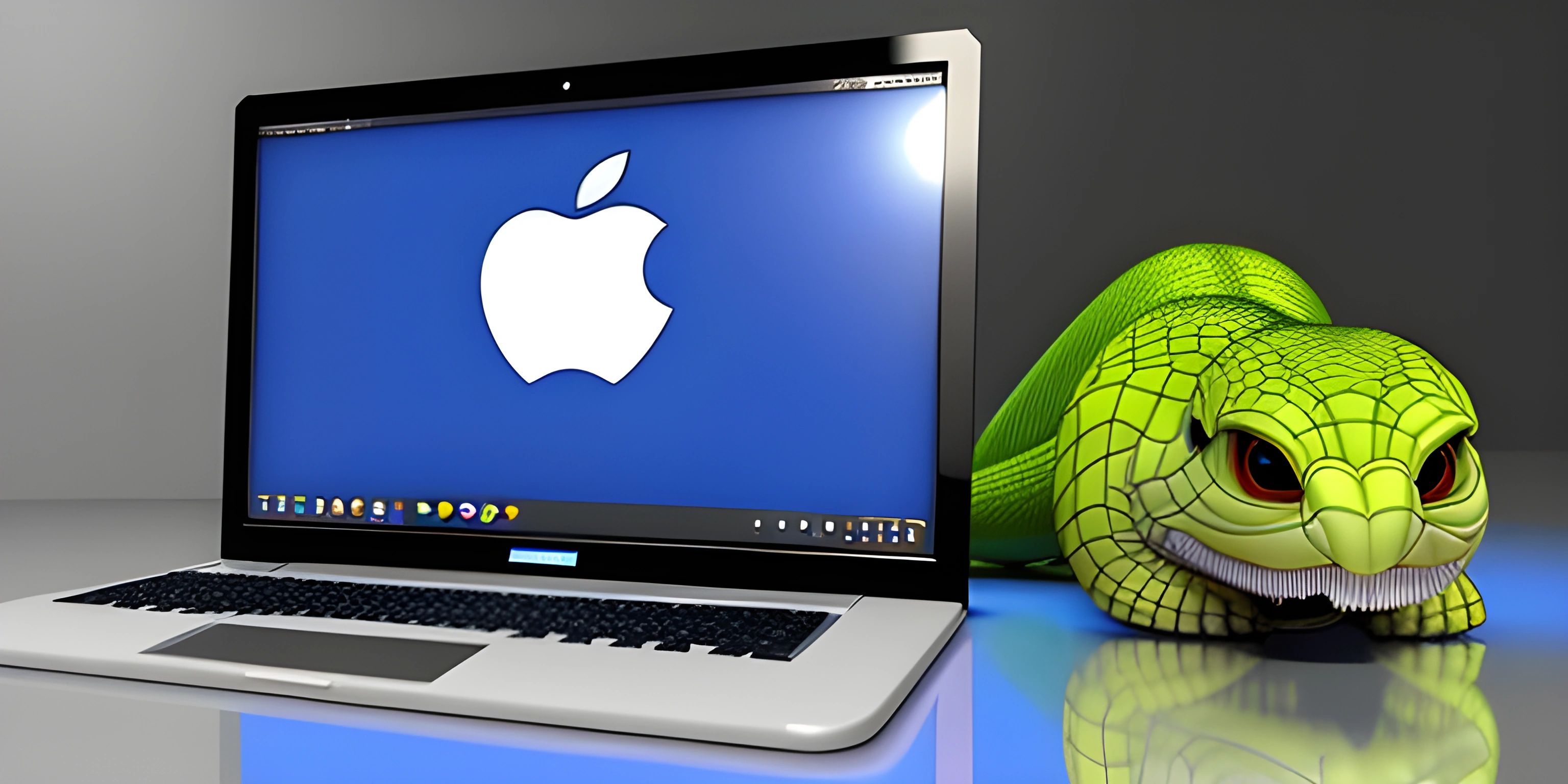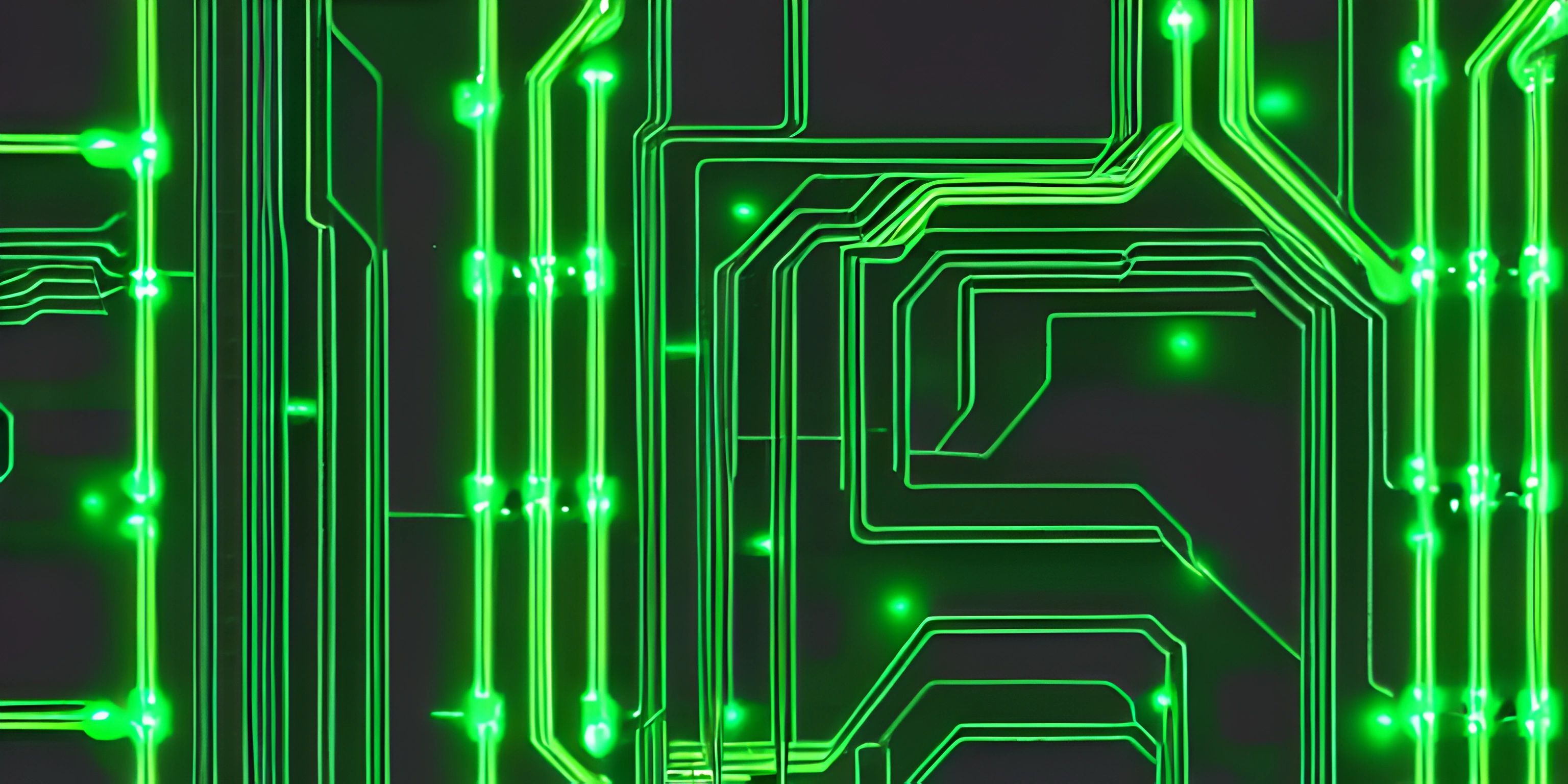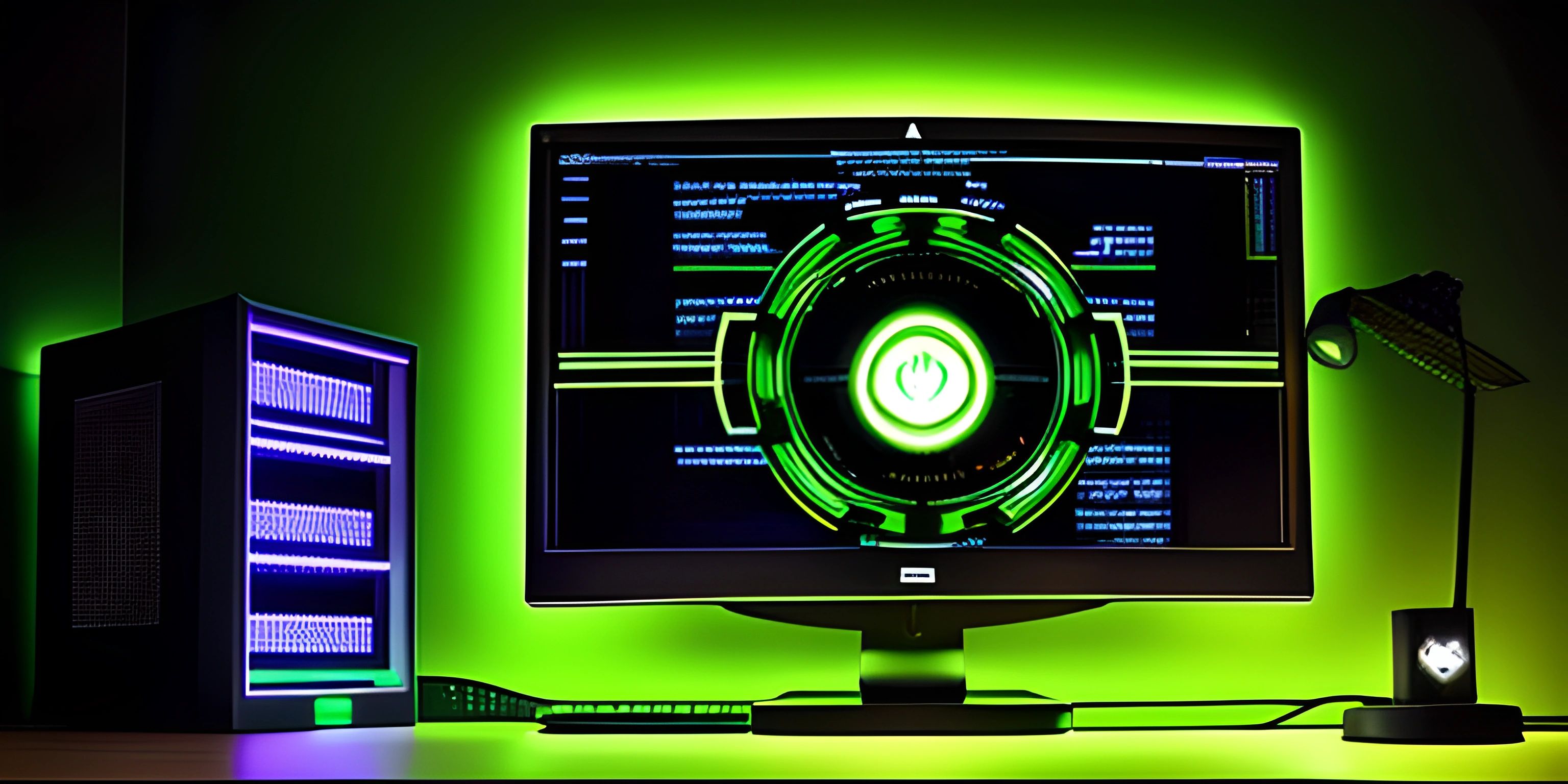Installing Python on Various Operating Systems

Note: this page has been created with the use of AI. Please take caution, and note that the content of this page does not necessarily reflect the opinion of Cratecode.
Before you can dive into the world of Python programming, you need to have Python installed on your machine. This guide will walk you through the steps to install Python on Windows, macOS, and Linux. By the end, you'll be ready to write your first Python script and join the ranks of Pythonistas worldwide!
Windows Installation
Step 1: Download the Installer
First, head over to the official Python website and download the latest version of Python for Windows. Make sure to grab the executable installer.
Step 2: Run the Installer
Locate the downloaded installer and double-click it. You should see a Python Setup window. Don't just rush to click "Install Now"—we need to make a few adjustments.
Step 3: Customize Installation
- Add Python to PATH: Check the box that says "Add Python to PATH" at the bottom of the window. This is crucial for running Python from the command line.
- Customize Installation: Click on "Customize installation." This allows you to select optional features. Leave the defaults as they are, but make sure "pip" (Python's package installer) is checked.
Step 4: Advanced Options
In the next window, you can choose advanced options. If you're unsure, just stick with the defaults, but ensure that "Install for all users" is checked.
Step 5: Install
Click "Install" and let the installer do its magic. Once the installation is complete, you can verify it by opening Command Prompt and typing:
python --version
You should see the version of Python you just installed.
macOS Installation
Step 1: Download the Installer
Go to the official Python website and download the latest version of Python for macOS.
Step 2: Run the Installer
Locate the downloaded .pkg file and double-click it. Follow the on-screen instructions to install Python.
Step 3: Verify Installation
To verify the installation, open Terminal and type:
python3 --version
macOS comes with Python 2.x pre-installed, so it's important to use python3 to check the version of Python 3.x that you installed.
Linux Installation
The installation process on Linux can vary depending on your distribution. Here are instructions for some of the most common ones.
Ubuntu/Debian
Open Terminal and update the package list:
sudo apt update
Then, install Python:
sudo apt install python3
Fedora
Open Terminal and use the following command:
sudo dnf install python3
Arch Linux
For Arch Linux users, open Terminal and type:
sudo pacman -S python
Verify Installation
Regardless of your distribution, you can verify the installation by typing:
python3 --version
Installing pip
pip is Python's package installer, and it's essential for managing additional libraries and dependencies. In most cases, pip comes bundled with your Python installation. However, if you need to install it separately, follow these steps:
Windows
Open Command Prompt and type:
python -m ensurepip --upgrade
macOS/Linux
Open Terminal and type:
python3 -m ensurepip --upgrade
Running Your First Python Script
Now that you have Python installed, let's run a simple script to ensure everything is working correctly. Open a text editor and type the following code:
print("Hello, World!")Save the file as hello.py. Open Command Prompt or Terminal, navigate to the directory where you saved the file, and run:
python hello.py
You should see "Hello, World!" printed on the screen. Congratulations, you're ready to start your Python journey!
Hey there! Want to learn more? Cratecode is an online learning platform that lets you forge your own path. Click here to check out a lesson: Rust Lifetimes (psst, it's free!).
FAQ
Do I need to uninstall older versions of Python before installing a new one?
It's not necessary to uninstall older versions of Python. You can have multiple versions installed simultaneously. Just ensure you're using the correct version by specifying python3 or python3.x.
How do I update Python to the latest version?
You can update Python by downloading the latest installer from the official Python website and running it. The installer will replace the older version. On Linux, you can use your package manager to update Python.
What should I do if I encounter an error during installation?
If you encounter an error, check the Python documentation and FAQs for help. You can also search online for the specific error message or post on forums like Stack Overflow for assistance.
Can I use an IDE for writing Python code?
Absolutely! Popular IDEs for Python include PyCharm, VSCode, and Jupyter Notebook. These tools provide features like code completion, debugging, and more to make coding easier.
Is Python installation different for different versions of the operating systems?
The general steps are similar, but there might be slight variations depending on the version of your OS. Always refer to the official Python documentation for the most accurate and up-to-date instructions.





